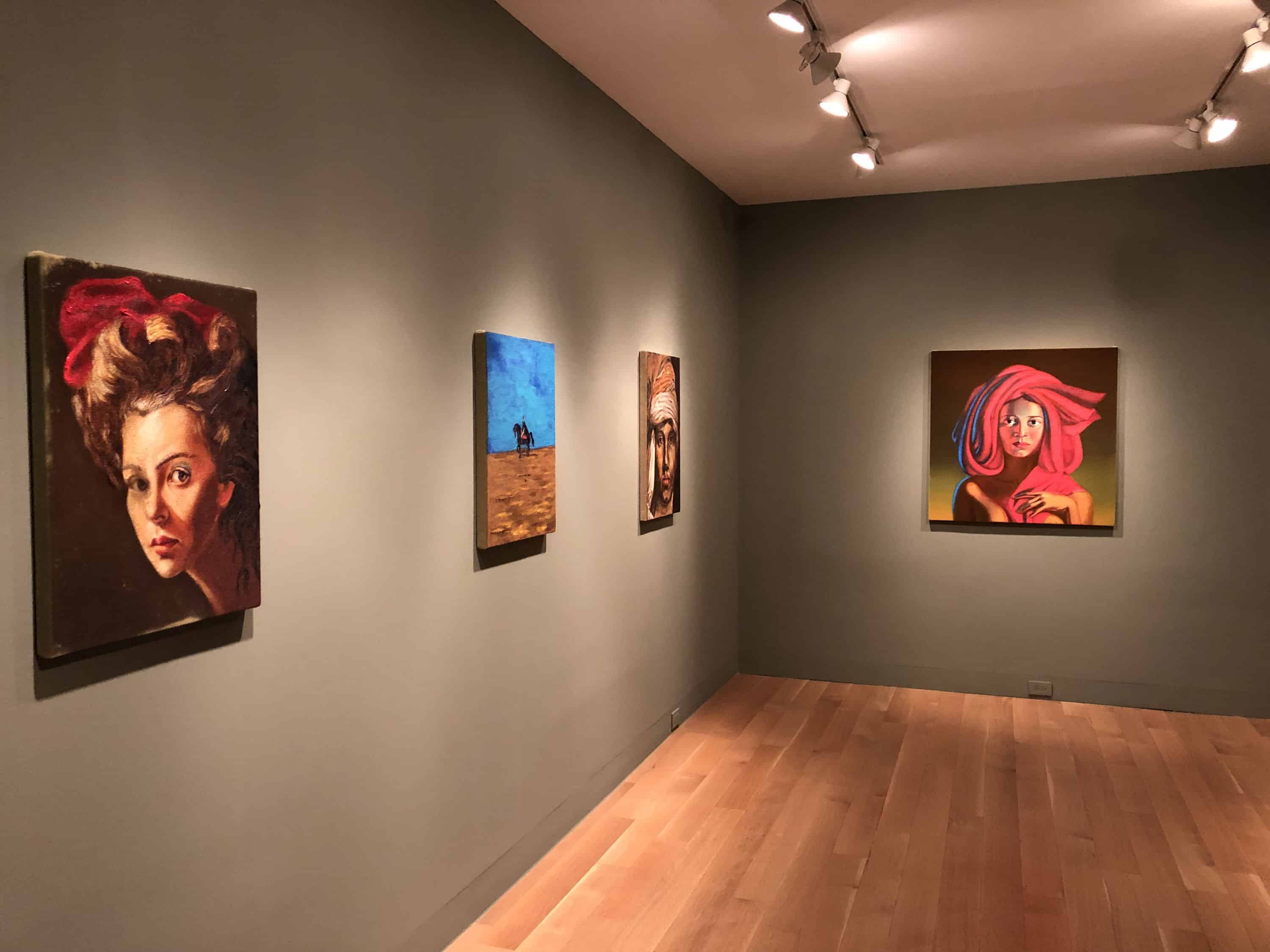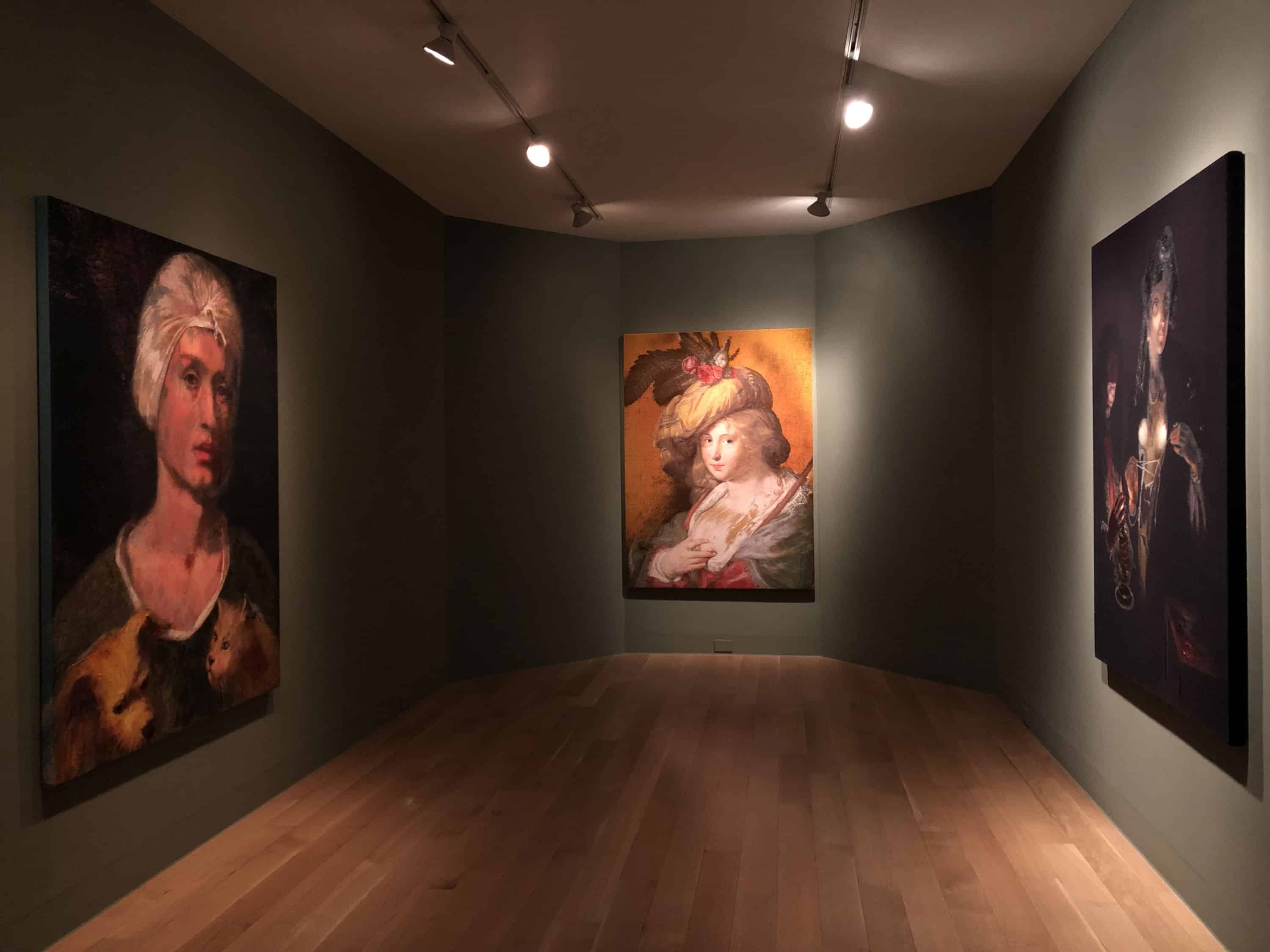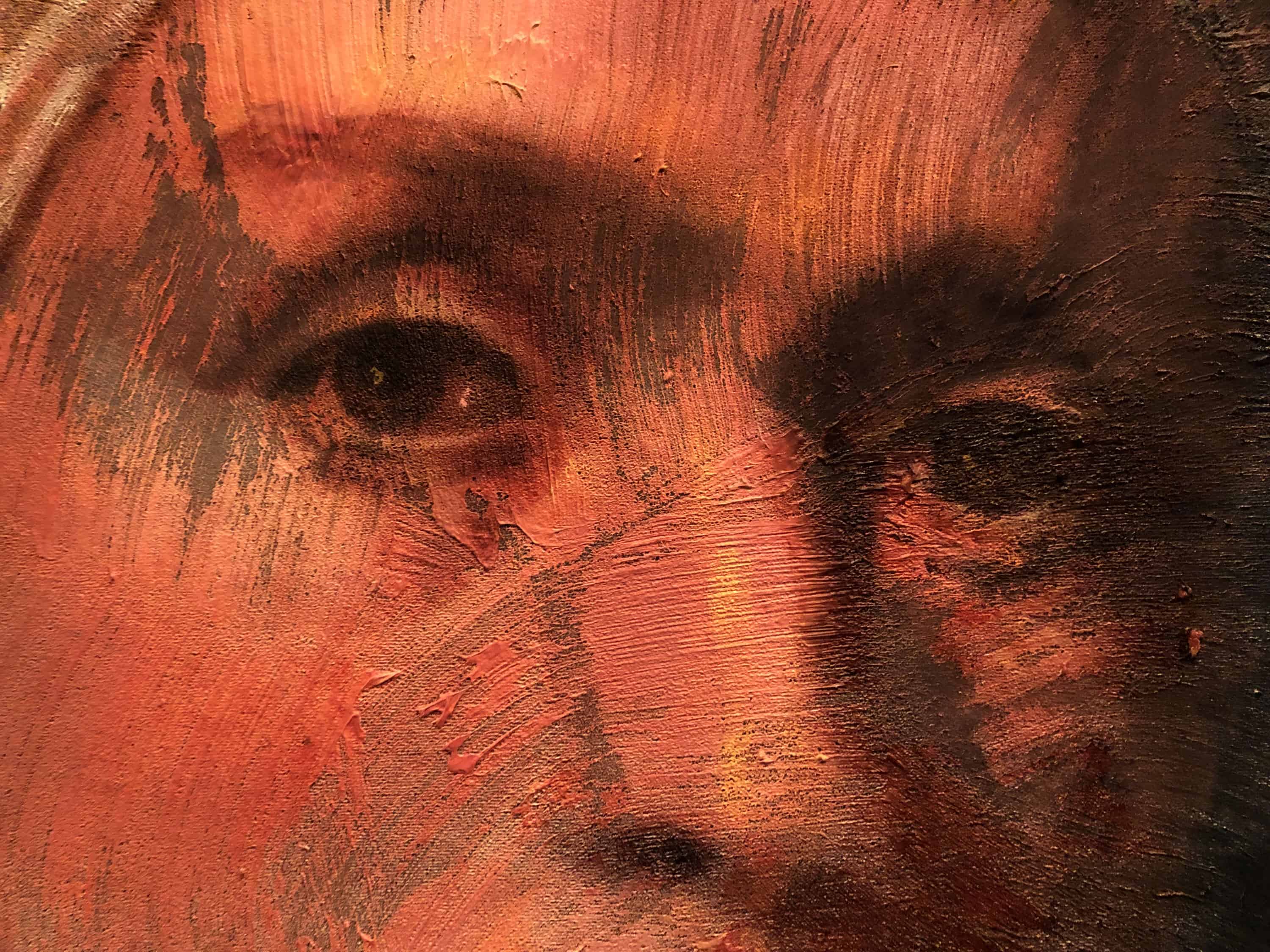Until 16 November 2019, Luxembourg & Dayan presented Piotr Uklański: Ottomania, an exhibition of works from the artist’s new series of large-scale paintings inspired by the complex Orientalist heritage of Poland, his country of origin. Uklański’s lushly rendered re-interpretations of a broad range of art-historical portraits find the Warsaw-born, New York-based artist expanding his longstanding engagement with questions of nationalist ideologies, representations of masculinity, and personal identity while redressing contemporary suppression of Eastern Europe’s deep and felicitous connections to the Middle East.
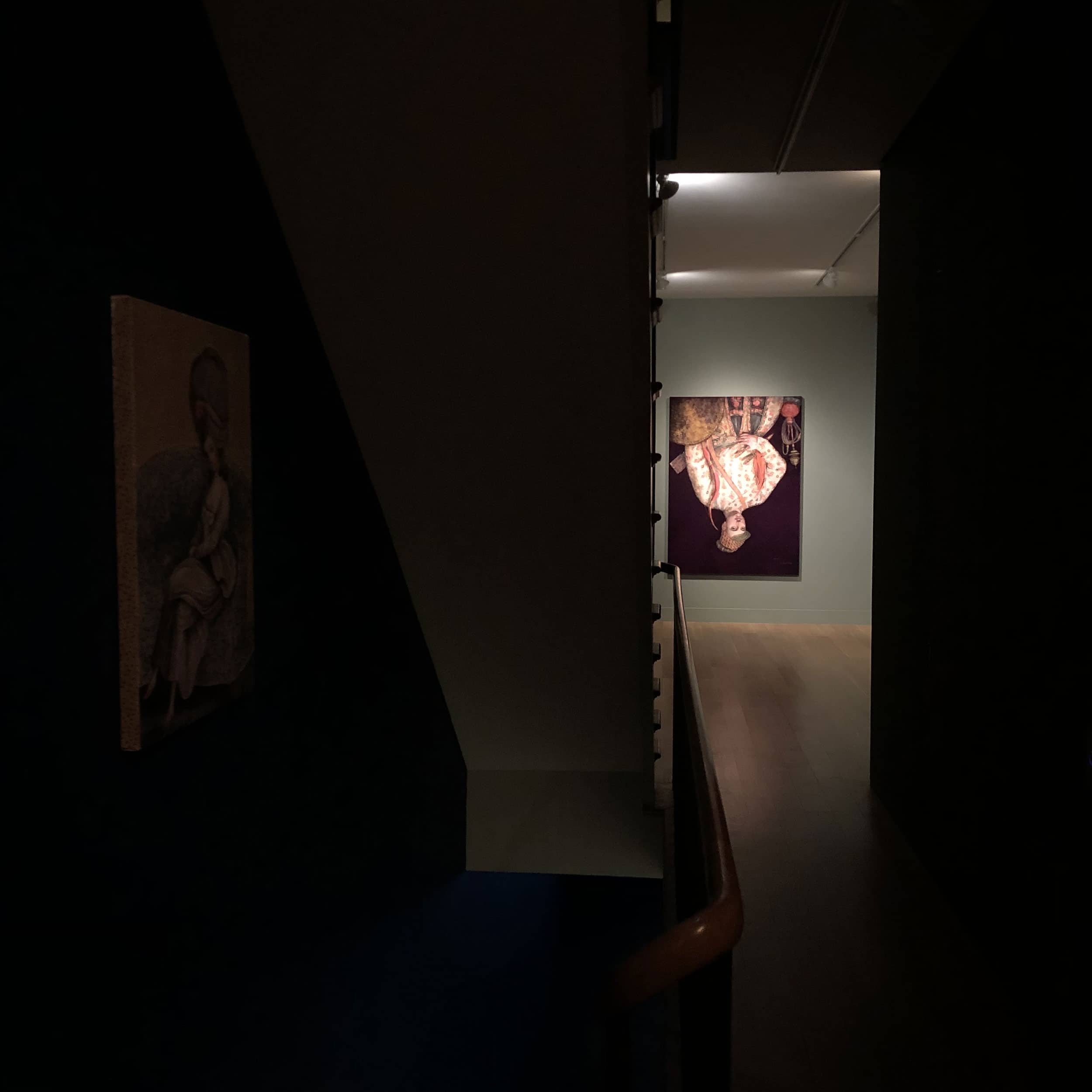
Piotr Uklański: Ottomania, photo: Contemporary Lynx
Sifting through centuries of obscure art historical source imagery, Uklański has depicted white European subjects enrobed in the clothing and signifiers of the Orient—turbans, richly patterned fabrics, ornate Eastern jewelry, and other exotic accoutrements—to suggest the sitters’ desire to merge the allure of otherness with their existing identities. Executed in ink, oil stick, and acrylic on deeply colored velvet, burlap, or canvas, the Ottomania paintings recuperate a complex, centuries-old cultural cross-pollination between East and West to contradict both the extreme Islamophobia of today’s Western political culture, and the academic community’s categorizations of Orientalism as unilaterally essentialist. Uklański’s new canvases celebrate Europe’s undeniable romance with the Islamic cultures of Turkey, Persia, and North Africa, while inviting viewers to question their coded content.
As Uklański explains, “The history of the Poles—a Slavic tribe—belongs to the East.”
The roots of Poland’s close relationship with the Ottoman empire date to 1414, with the advent of diplomatic relations over its shared southern border. For Poles, the Orient was an object of fascination and source of prestige. From the 15th century into the 18th century, Polish nobility adopted Ottoman dress and Persian flourishes to signal their distinguished social status, ascribing their upper-class pedigree to the celebrated Persian Sarmatians of classical antiquity. Even in contemporary Poland these influences persist: the country’s national costume, the Sarmacki, derives from Turkish regalia.
Piotr Uklański: Ottomania, photo: Contemporary Lynx
Piotr Uklański: Ottomania, photo: Contemporary Lynx
From the 18th into the early 20th century, European artists turned signifiers of the East—turbans and theatrically embellished Orientalist dress, richly decorated fabrics, and the romantic settings of Ottoman or Persian court life—into images of exotic otherness for Western consumption. This complex history of representation was reevaluated at the end of the 20th century by, among others, the late influential writer and professor Edward Said, who positioned the term “Orientalism” as a pejorative to describe an inherently demeaning fetishizing of the Orient.
More recently, however, leading scholars have pushed back against Said’s totalizing view of Orientalism. As literary scholar Richmond Barbour argued in his 2003 book Before Orientalism, Said’s theory oversimplifies the “complex processes by which societies engaged, articulated and shaped each other, in multiple and shifting alliances.” Uklański’s Ottomania paintings attempt to mine these exchanges between East and West, prompted by the legacy of the Polish and Ottoman cultural symbiosis he inherited as a Polish artist.
Piotr Uklański: Ottomania, photo: Contemporary Lynx
Piotr Uklański: Ottomania, photo: Contemporary Lynx
About the Exhibition
In Ottomania at Luxembourg & Dayan, Uklański’s paintings acknowledge the fraught history of colonialism within his Old Master iconography while simultaneously highlighting the reciprocal exchanges that fueled the centuries-long European craze for things Islamic. It is interesting to note that Poland did not develop a superiority complex with respect to those distant civilizations; it’s people never colonized nor conquered Muslim lands, but were instead colonized by other European powers as well as Russia and fled as refugees to Ottoman controlled territories in the 18th century. These paintings recall the Ottoman Empire not as a cultural underdog, but as a hegemonic political and cultural superpower, and bring to the surface repressed socio-political content as well as questions about the scopophilic pleasures of portraiture as a genre.
Appropriating centuries of cultural appropriation itself, Uklański transforms his source imagery. Among other tactics, he enlarges and amplifies small-scale pictures to highlight the inherent theatricality of his subjects, magnifying the details wherein white Europeans deployed their Orientalist fetishes as a form of performative drag in a coded ploy to deviate from the everyday restrictions of class, gender, and sexual norms.
Just as Uklański’s work The Nazis (1998)—a group of tightly cropped portraits of famous movie actors playing Third Reich soldiers—excavated the seductive regalia of the Nazism, with its pomp of militarized masculinity and its relationship to the nefarious ideologies of fascism, so does the work on view in Ottomania seek to interrogate the interplay of meaning and ideology under the pageantry of this longstanding romance between East and West.
Piotr Uklański: Ottomania, photo: Contemporary Lynx
Piotr Uklański: Ottomania, photo: Contemporary Lynx
The European tradition of Eastern masquerade as an amusement for the Western European aristocracy is the subject of one of the exhibition’s most emblematic paintings, Untitled (Amalie of Württemberg, Duchess of Saxe-Altenburg), 2018. Painted on a deep red velvet ground, this portrait appropriates Ludwig Doell’s 19th-century academic painting depicting a German noble festooned with lavish jewelry and wearing a decadent green and cream-colored turban. Uklański magnifies the scale of the original image, amplifying the palette and adding an eye mask that further literalizes the theatricality of the sitter’s cultural appropriation. The painting’s red ground seems to bleed through the dramatically pale skin of this patrician woman; the crimson hue of the velvet eerily streaks down her neck and décolleté, and is formally echoed in her mask. This dramatic revision of Doell’s portrait casts its sitter as a ghostly or possessed presence, the haunted personification of European cultural hegemony.
In a second portrait, Uklański modifies Michael Sweerts’ 17th-century painting Garçon au turban tenant un bouquet de fleurs (c. 1658–61). Known as a morality painter in the Caravaggisti tradition, Sweerts depicted an androgynous boy cross-dressing in the attire of a young woman. The extravagant sitter is surrounded with feminine symbolism and is adorned in a distinctive turban that seems to be made of a fringed shawl, breaking with Sweerts more “authentic” depictions of explicitly Oriental subjects. In Uklanski’s rendition, Untitled (Eastern Promises V), 2019, the boy’s ambiguous gender play connects the historical source material to present day notions of malleable identities and the performative nature of gender.
A couple of paintings in Ottomania make direct reference to Uklański’s biography and allegorically engage with his identity as a Pole and an artist. Untitled (Łukasz Trzciński), 2019, depicts a Polish noble from the 17th century, dressed in exotic finery influenced by his Ottoman neighbors. While he might be one of the only subjects without a turban in the exhibition, his Mohawk hair style, mustache, and fur trim are marshalled into the distinctive Eastern pageantry of his Slavic affiliation.

Piotr Uklański: Ottomania, photo: Contemporary Lynx
The exhibition culminates with a room of paintings based on artists’ portraits and self-portraits. Uklański has chosen to focus on artists who are represented in Oriental garb, ranging from Michelangelo Buonarroti, Nikolai Afanasievich Rusakov, Duncan Grant, Leonor Fini, as well as the Polish artists Tamara de Lempicka and Balthasar Klossowski de Rola (better known as Balthus). The theme of performative representation is also present in the work Untitled (Johannes van Swinderen), which shows the 17th-century painter in the clichéd trappings of the artist self-portrait, wielding a palette and standing next to a memento mori skull, while also showing-off his painterly virtuosity through deft rendering of the swirling fabrics of his Turkish inspired costume and turban. Such mannered self-depictions seem to acknowledge the continuity of sociological pressures upon artists—including Uklański himself—to perform their otherness for public amusement while mastering other personae in order to enforce their position among their peers.
“Ottomania” Piotr Uklański
September 19 – November 16, 2019
Luxembourg & Dayan
64 East 77th Street, New York City
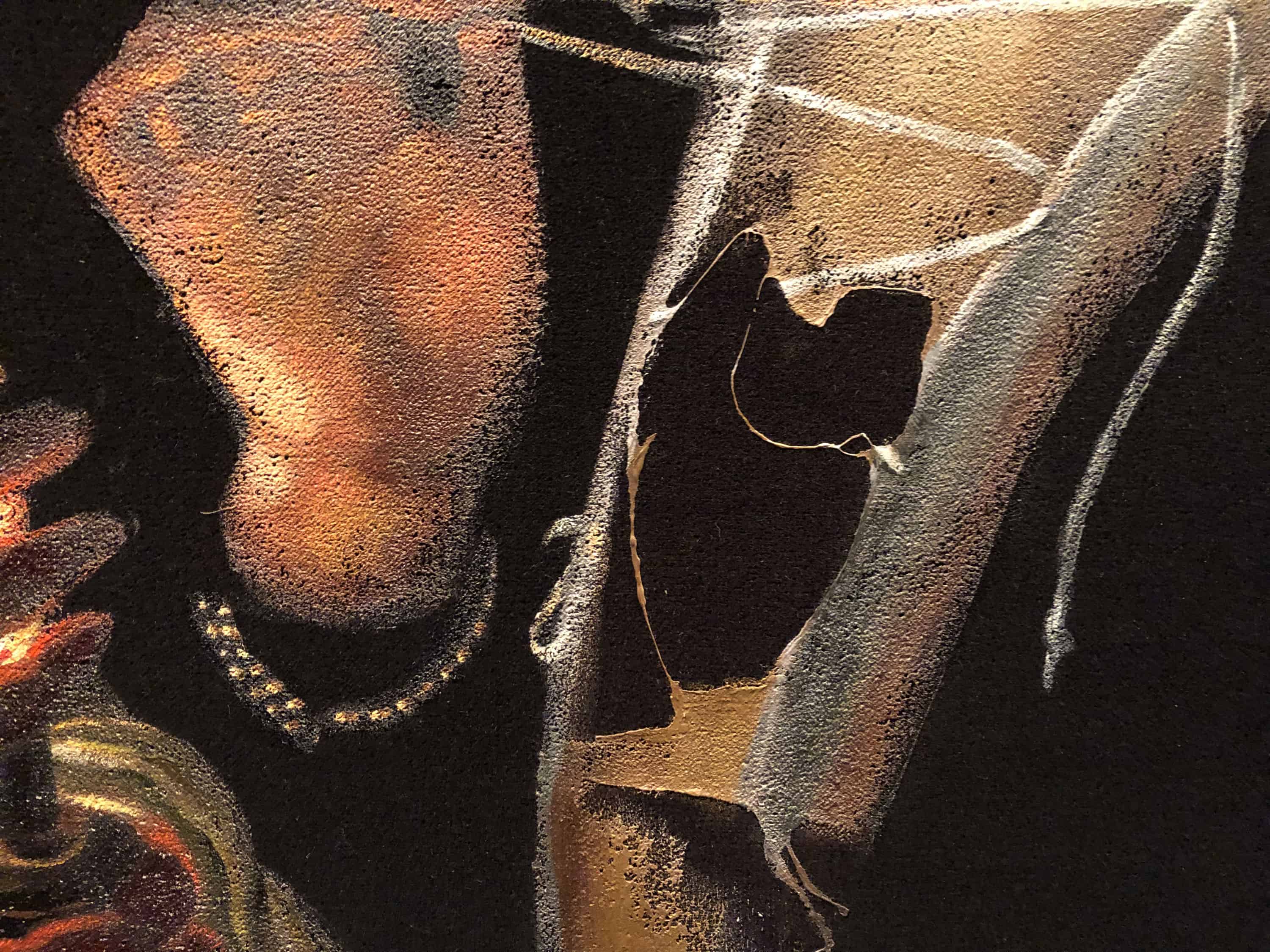
Piotr Uklański: Ottomania, photo: Contemporary Lynx




